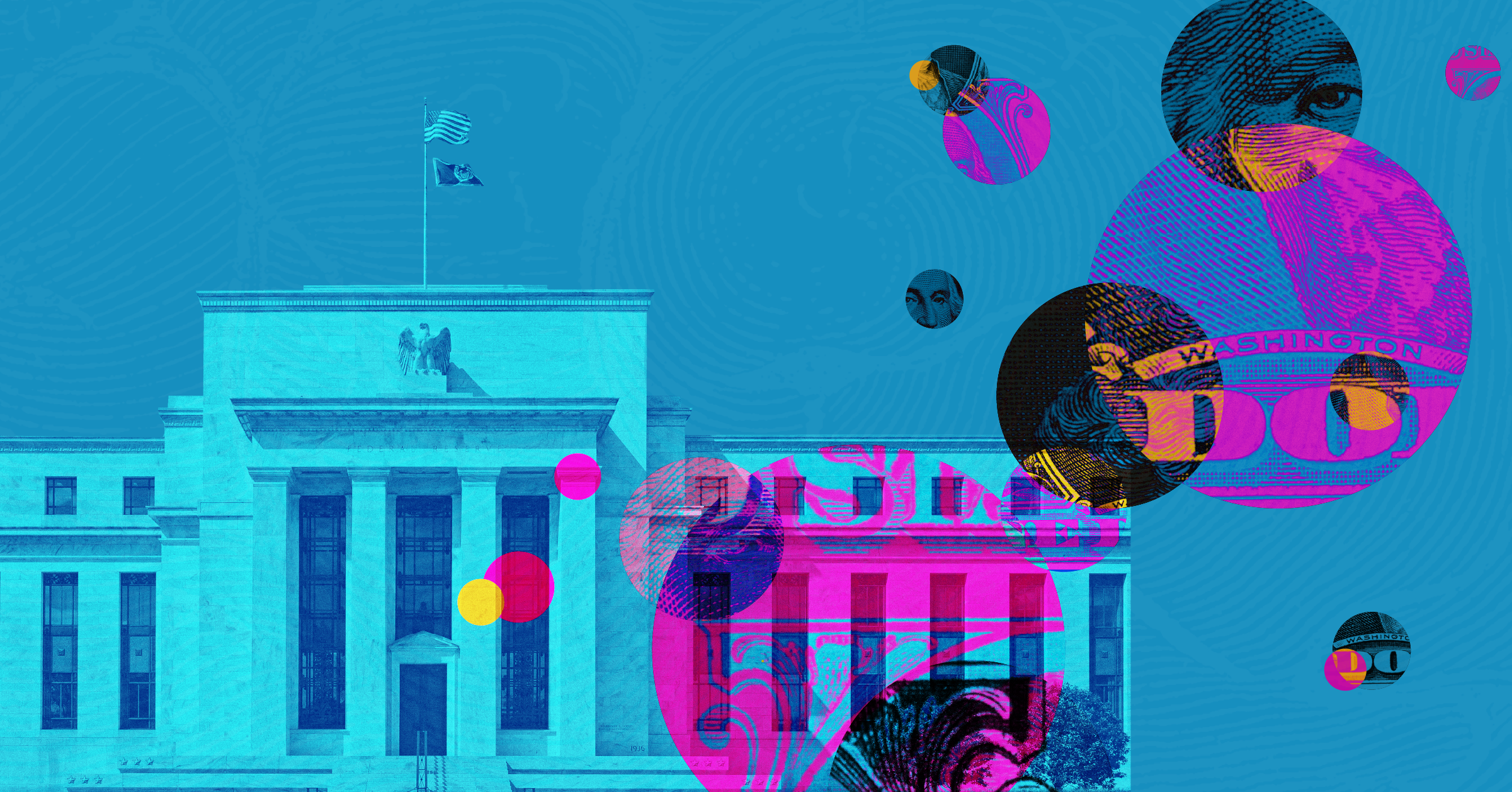
The Federal Reserve is gearing up for its final policy-setting meeting of 2024. Markets overwhelmingly expect the central bank to cut interest rates by 0.25% on Wednesday, but the outlook after that is less certain.
While price pressures have fallen dramatically from their peak two years ago, recent data has shown some stubbornness. Overall inflation as measured by the Consumer Price Index ticked up on an annual basis in November, which some took as a sign that progress is stalling. That’s leading some market watchers to anticipate a pause in rate cuts as soon as January.
“It’s very likely that we get a 25-basis-point cut next week, and then there is some sort of a signal to say that they’re going to be observing [incoming economic data before determining a January cut],” says Matt Rowe, head of portfolio management and cross-asset strategies at Nomura Capital Management. A January cut is “not a foregone conclusion.”
Will the Fed Cut Rates in December?
Investors are virtually certain that the Fed will cut rates by 0.25% in December, with markets pricing in a 97% chance of that outcome as of midday Friday, according to data from the CME FedWatch Tool. That would bring the target federal funds rate down to a range of 4.25%-4.50%, marking a full percentage point of easing since the Fed began cutting rates in September. That move ended one of the most aggressive policy-tightening cycles in recent history.
While some analysts have suggested November’s sticky inflation might prompt a pause sooner, markets don’t see it that way. Many analysts say the Fed is loath to surprise equity markets with policy moves, especially when economic fundamentals are strong and rate cuts aren’t needed as an emergency measure.
“The Fed is trying to give us a gentle easing cycle, and it’s not likely to fight the market and tighten financial conditions by holding off and not easing at this coming meeting,” says Steven Wieting, chief economist and chief investment strategist at Citi Wealth.
A Possible January Pause
As of midday Friday, bond futures traders saw a 79% chance that the central bank would leave rates unchanged in January after a 0.25% cut in December. A month earlier, that probability was 62%.
“The Fed is still likely in a cutting cycle, but [November’s inflation] data suggests a pause is coming soon (perhaps as soon as January),” Strategas analysts wrote in a recent note to clients. “Slowing the pace of rate cuts would give time to gather more data and assess both the inflation & unemployment picture, as the Fed’s dual mandate requires.”
Balancing Inflation and the Labor Market
Rowe explains that evidence of rising or stubborn price pressures points to a need to maintain higher interest rates, while evidence of a sluggish labor market suggests a need for lower rates and more accommodative policy. “The Fed trying to balance keeping inflation in check with keeping labor markets healthy,” he says.
The last few months of inflation data have been relatively firm, and labor markets appear to have reached a healthy level of growth despite an uptick in the unemployment rate. “Inflationary data would suggest that the Fed should pause,” Rowe says. “Labor markets suggest that the Fed might continue to slow accommodation.”
Since raising rates in 2022, the central bank has repeatedly emphasized that it will remain “data dependent” rather than follow a set course when determining monetary policy. “They’re going to follow the evidence,” says Wieting. “Most of the evidence has been that the labor market and inflation readings are a little on the strong side. So, how much [easing] do they want to do?”
The Fed’s ongoing challenge is that the economy does not respond instantly to monetary policy adjustments. “The slowdown in the US labor market is not something you look at on a month-to-month basis,” Wieting says.
Also complicating the picture is the prospect of new policies like tariffs and tax cuts from the incoming Trump administration, which would exacerbate price pressures. “Most non-partisan views on the implementation of the administration’s policies are that they will be intrinsically inflationary,” Rowe says, with the caveat that such policies often change between the campaign trail and their enactment.
What Should Investors Watch at the December Fed Meeting?
Investors should pay attention to how the Fed describes financial conditions. In a Friday research note, JPMorgan chief US economist Michael Feroli said he expects Fed Chair Jerome Powell to “stay away from strong signaling about January” at the post-meeting press conference. “He will also avoid specifying which policy assumptions are embedded in the Committee’s economic forecasts.”
That said, Wieting thinks language that suggests policy is only slightly or moderately restrictive could communicate that a return to rock-bottom rates is unlikely. At the same time, he says, an indication that the Fed’s policy-setting committee will take its time assessing policy moves could support a slower pace of cuts.
The author or authors do not own shares in any securities mentioned in this article. Find out about Morningstar's editorial policies.















